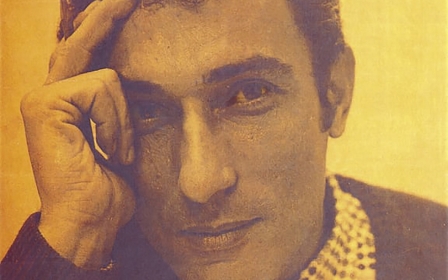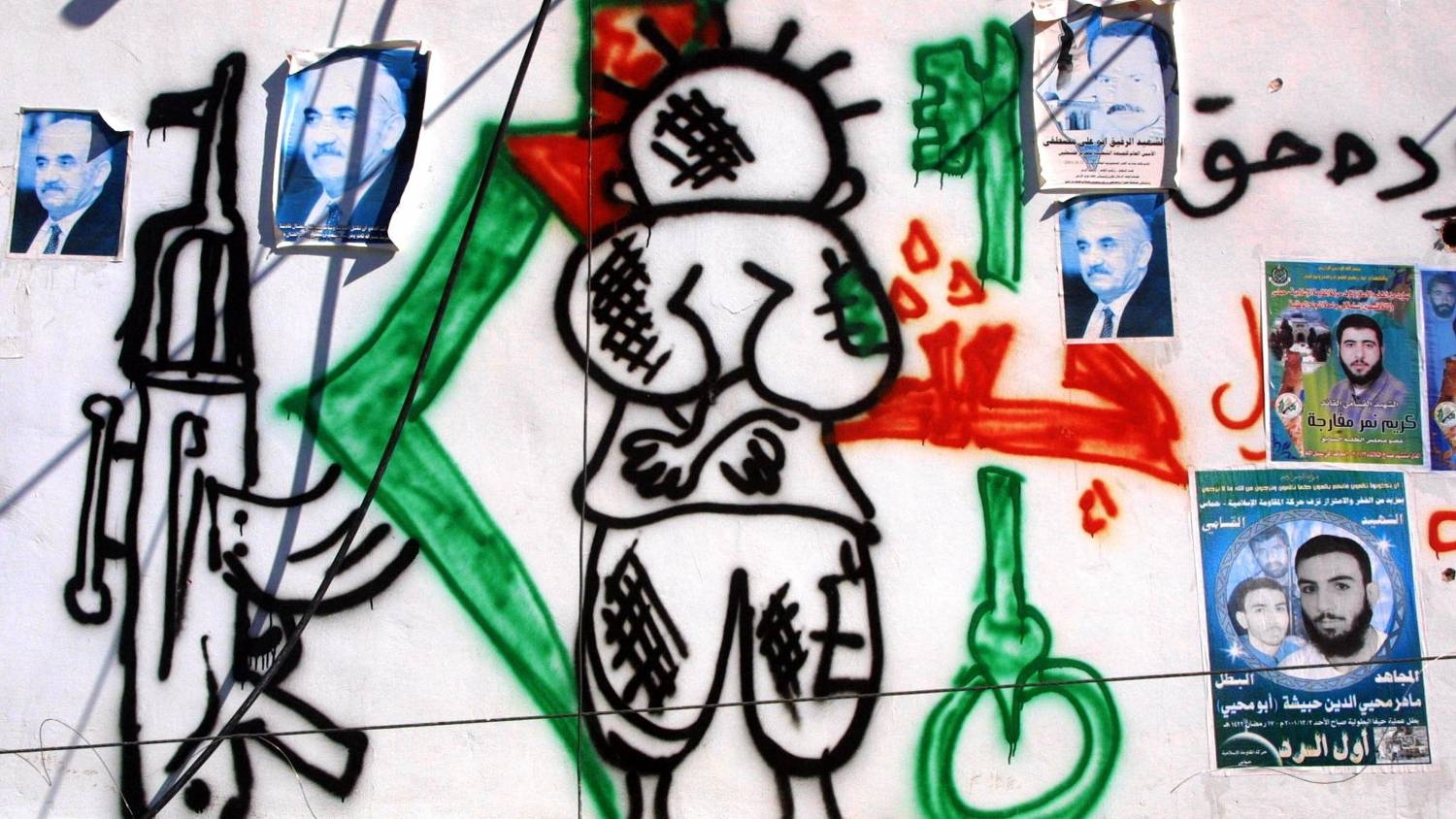
Naji al-Ali remembered: A Palestinian cartoonist gunned down in London

On 22 July 1987, at least one gunman opened fire on the Palestinian cartoonist and activist Naji al-Ali outside the London office of the Kuwaiti newspaper Al Qabas. After receiving a bullet to the head, Ali was taken to hospital and died more than a month later, on 29 August.
Angered by reports that Israel's Mossad intelligence agency had prior knowledge of the plans to kill Ali, Britain's then-prime minister, Margaret Thatcher, expelled Israeli diplomats and shut down the spy agency's London headquarters. Nevertheless, no one has been charged with Ali's murder, with suspicion falling on Mossad itself, Palestinian agents acting on behalf of Israel, or rival Palestinian factions. (First and second images: AFP)
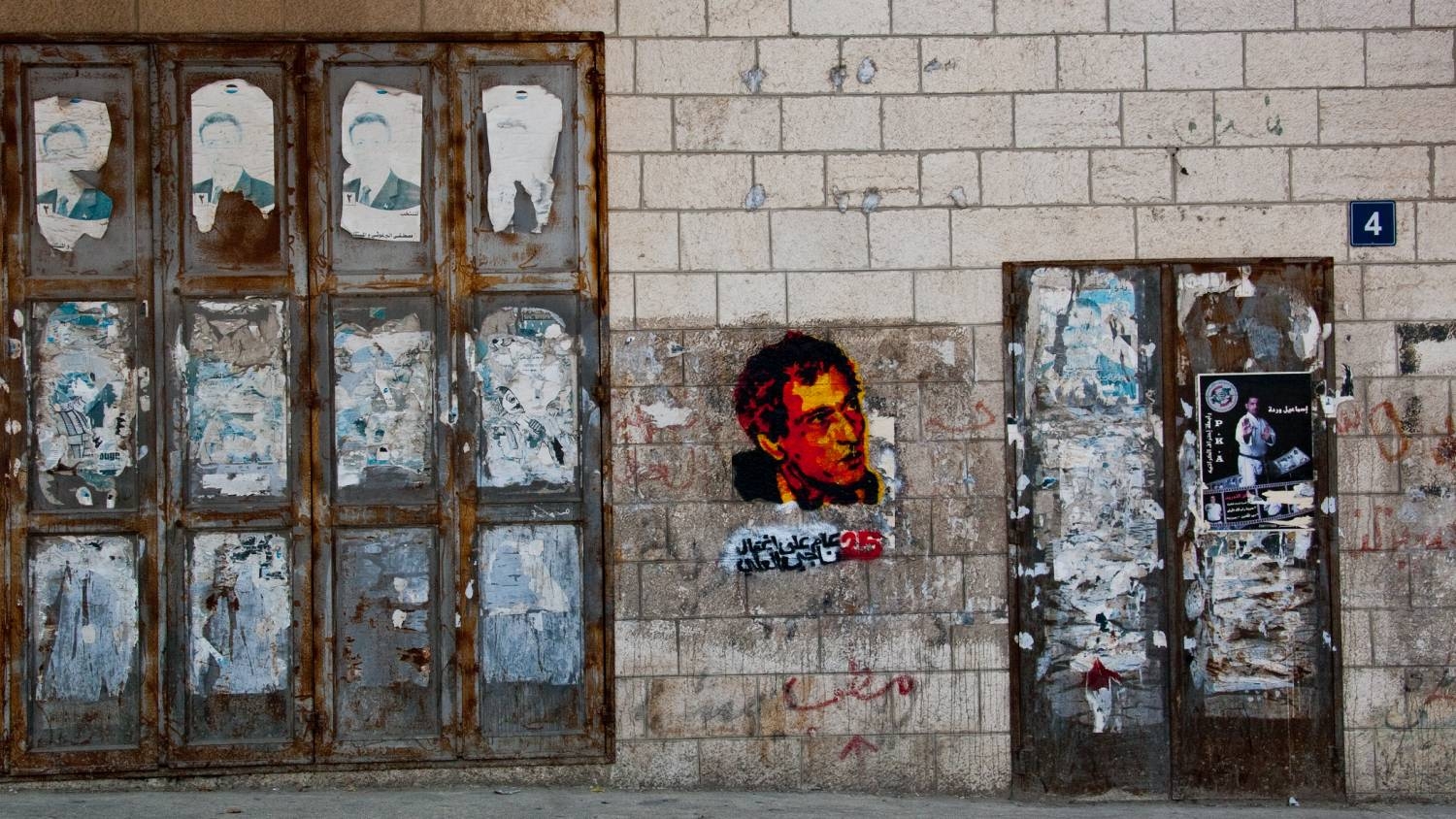
Naji Salim Hussain al-Ali was born in the village of al-Shajara in Galilee, in Mandate Palestine, in 1937, before the creation of Israel. At the age of 10, as Zionist armed groups encroached on his home village, Ali and his family fled north to Lebanon, taking refuge at the Ain al-Hilweh camp in the southern city of Sidon.
Recalling the experience, Ali wrote: "I was a child of ten when we came to Ain al-Hilweh refugee camp. We were hungry, dazed and barefoot. Life in the camp was unbearable, full of daily humiliation, ruled by poverty and despair."
The image above contains a stenciled graffiti depiction of Ali in the occupied West Bank town of Ramallah. (Wikimedia/Amir Shomali)
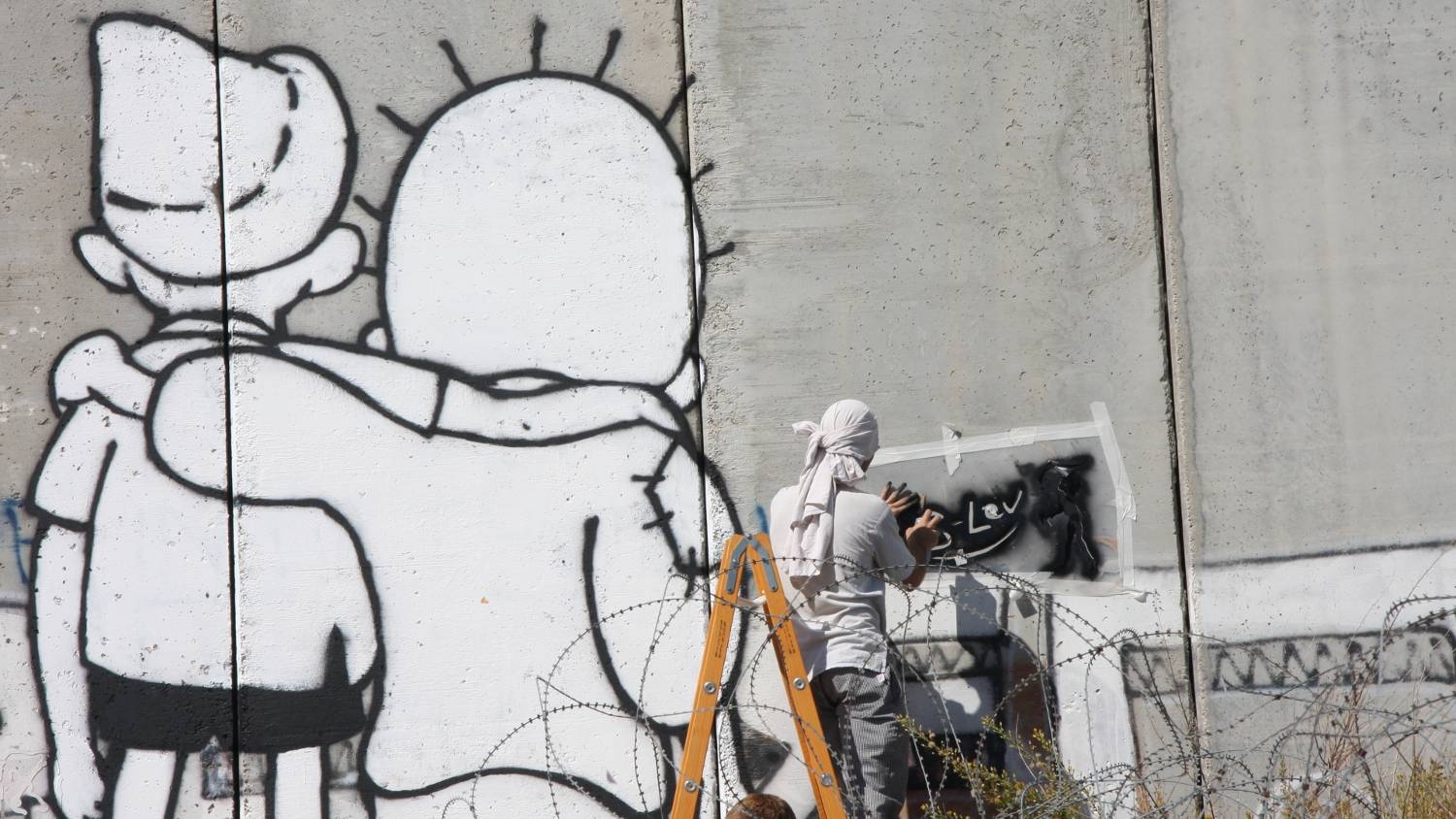
The experience of becoming exiled from his homeland as a child would also directly influence his most famous creation; the character Handala. First appearing in a Kuwaiti newspaper in 1969, Handala was a scruffy, dazed and barefoot 10-year-old Palestinian who represented Ali and other Palestinian children expelled from their homes to make way for the establishment of Israel. Ali once said of Handala: "He was the age I was when I had left Palestine and, in a sense, I am still that age today, and I feel that I can recall and sense every bush, every stone, every house and every tree I passed when I was a child in Palestine."
From 1973 onwards, the character appeared with his face turned away as a protest against the failure to resolve the plight of Palestinians and to reflect how the world had itself turned its back on them. Handala was depicted facing away ever since. The name Handala comes from the word "handhal", the Arabic name for a bitter-tasting plant native to Palestine, aptly chosen to represent the embittered Palestinian child. (Wikimedia)

Handala and Ali's other characters, some of which caricatured Arab leaders, appear in a collection of his works, A Child in Palestine. Writing decades after his death, the journalist and human rights campaigner John Pilger described the book as "ground breaking", adding: "Western readers are beckoned into Palestinian lives by the graphic warmth, inspiration and horror of the cartoonist Naji al-Ali, whose iconic Hanthala is our witness and conscience, imploring, rightly, that we never forget." (Wikimedia)

The Palestinian writer Ghassan Kanafani, who was himself assassinated in 1972, met Ali at the Ain al-Hilweh camp in the 1950s and was impressed by his work. The recognition helped Ali get commissions in a number of Arab newspapers, and Ali eventually moved to Kuwait, where he worked for the newspapers Al-Siyasa and Al-Qabas for most of the 60s and 70s. His cartoons focused on the struggles of the Palestinian people, as well as on the perceived inaction of Arab leaders. Politically unaligned and outspoken throughout his life, Ali earned the respect of ordinary Arabs, with some describing him as the Palestinian Malcolm X. (AFP/Jamal Nasrallah)
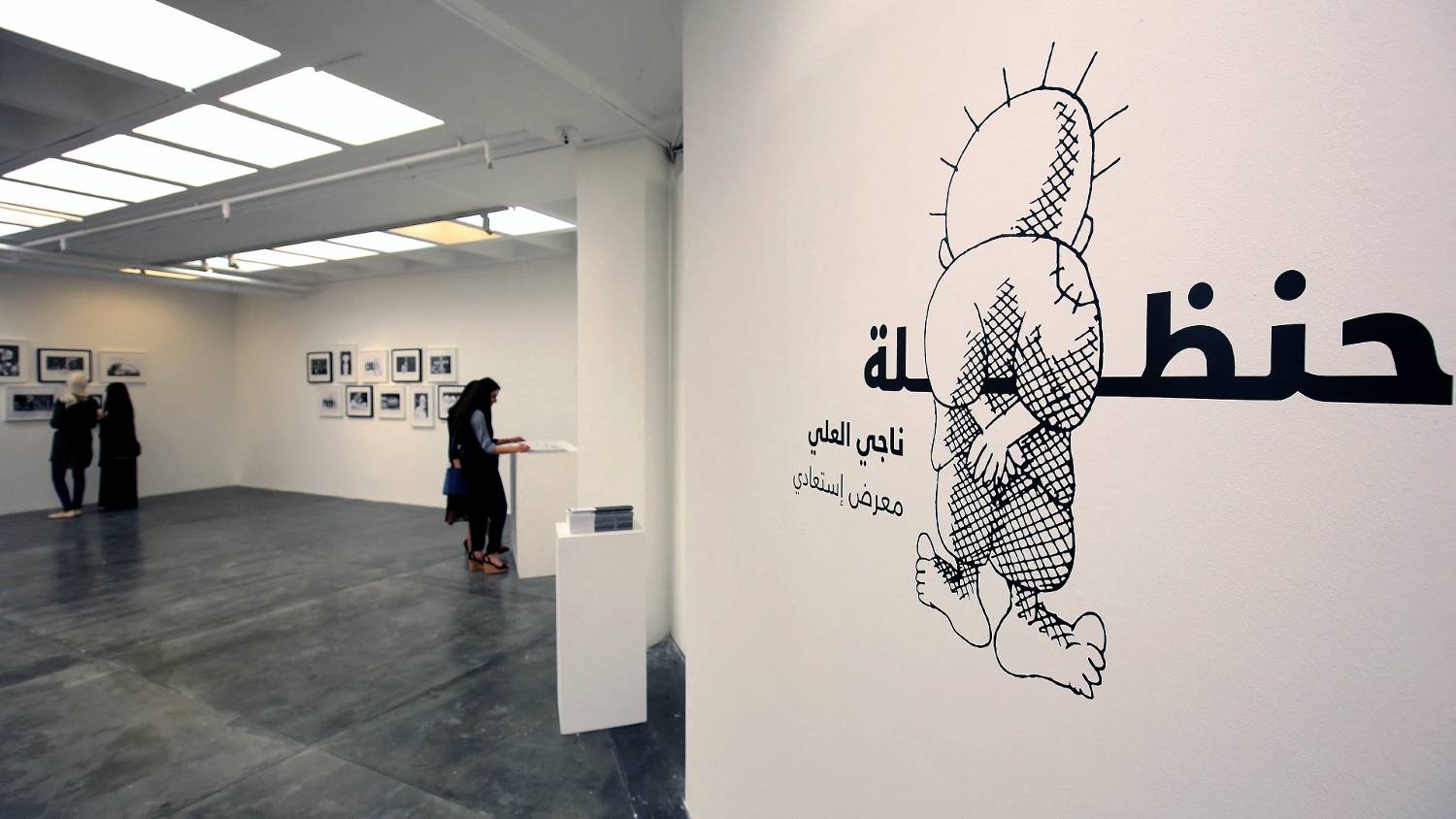
In 1985 Ali moved with his wife and five children to London to work with the London branch of Al-Qabas. Critical of both the Palestinian leadership and the brutality of Israeli occupation, Ali received scores of death threats throughout his career, according to the editor of the paper. In one report, a colleague of Ali said he had received a call shortly before his death from a senior person within the Palestinian Liberation Organisation telling him to "correct" his attitude. Ali had earlier published a cartoon attacking a female friend of PLO chief Yasser Arafat.
The picture above is of an exhibition of Ali's works held in Kuwait City in May, 2018 (AFP/Yasser al-Zayat)

Two weeks after the call, Ali was shot by an unknown gunman outside his office in southwest London. The city's Metropolitan Police re-opened the investigation in 2017, 30 years after his death, releasing descriptions of two suspects, but his assailant remains unknown and no one has been charged. (AFP/Yasser al-Zayyat)
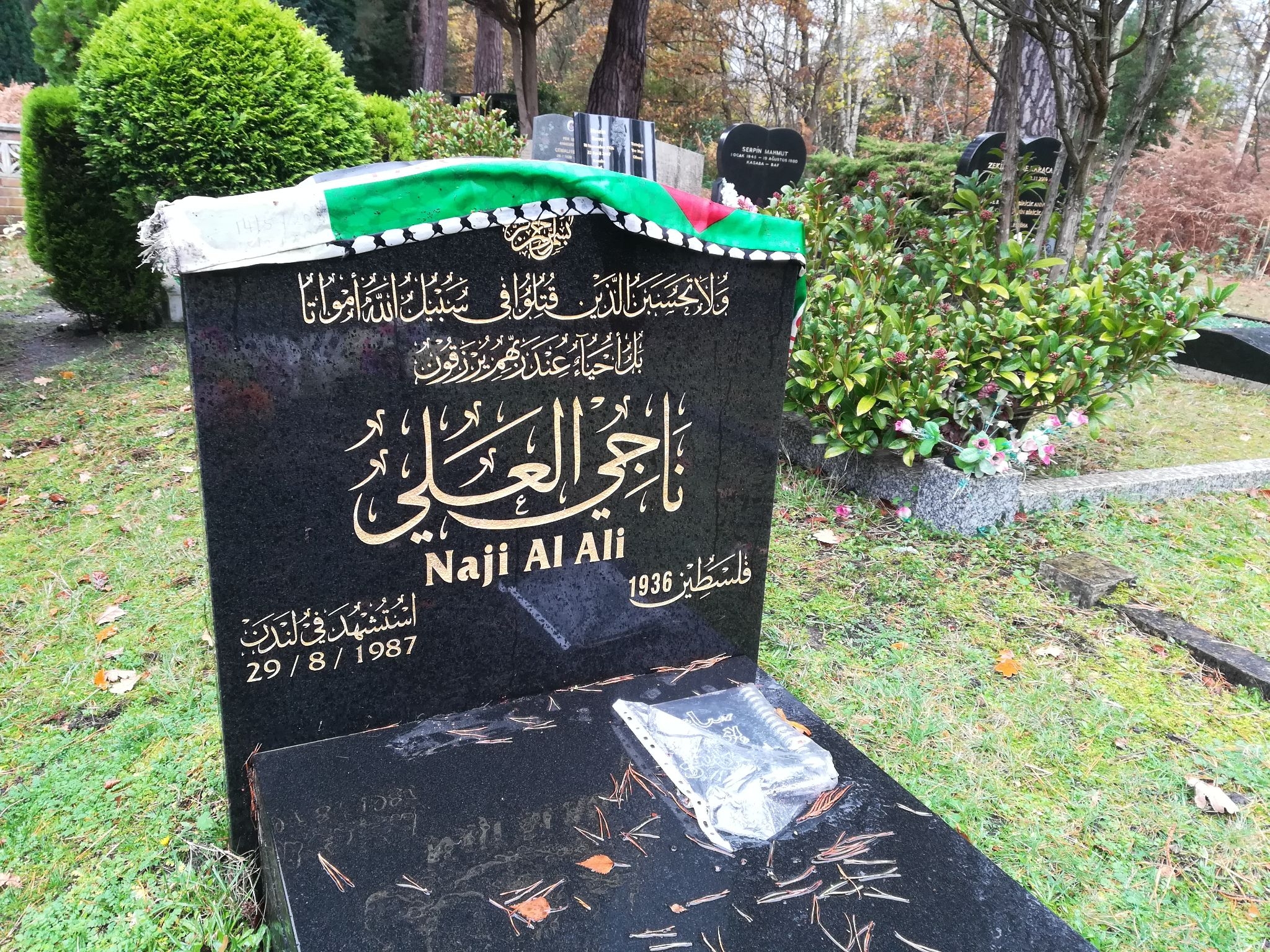
Ali was buried at Brookwood Cemetery, southwest of London, despite wanting to be buried beside his father in Ain al-Hilweh, where he was raised. A Palestinian flag draped across his black marble tombstone along with a small notebook featuring the Handala character are reminders of his career and activism. (MEE/Indlieb Farazi Saber)
This article is available in French on Middle East Eye French edition.
Middle East Eye propose une couverture et une analyse indépendantes et incomparables du Moyen-Orient, de l’Afrique du Nord et d’autres régions du monde. Pour en savoir plus sur la reprise de ce contenu et les frais qui s’appliquent, veuillez remplir ce formulaire [en anglais]. Pour en savoir plus sur MEE, cliquez ici [en anglais].


